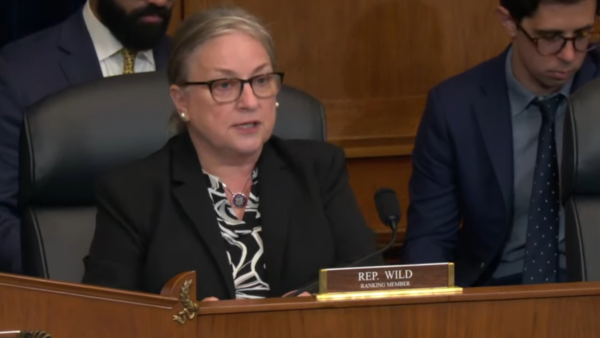In October 2022, Brazil will observe the debut of a new feature of party political life, the so-called “party federations.” Created last year as part of Brazil’s latest political reform, these federations consist of a new form of congressional alliance that binds parties together for an entire four-year legislature. It was conceived as a way to tackle two issues: giving small parties a chance to circumvent sanctions for not meeting performance thresholds, and reducing fragmentation in Congress.
Indeed, Brazil’s legislative branch is fragmented beyond parallel. A total of 24 parties are represented in the country’s lower house, and there are over 15 “effective parties” — that is, the number of parties strong enough to sway congressional votes. This is the highest number among any Western country, even surpassing the most fractured legislatures in European history.
For decades, parties were allowed to form proportional coalitions in each state, in line with those established for gubernatorial elections, but independent from other regions or national-level disputes. In theory, if a party gets 10 percent of the votes for members of Congress in a given state, it would receive 10 percent...


 Search
Search











































